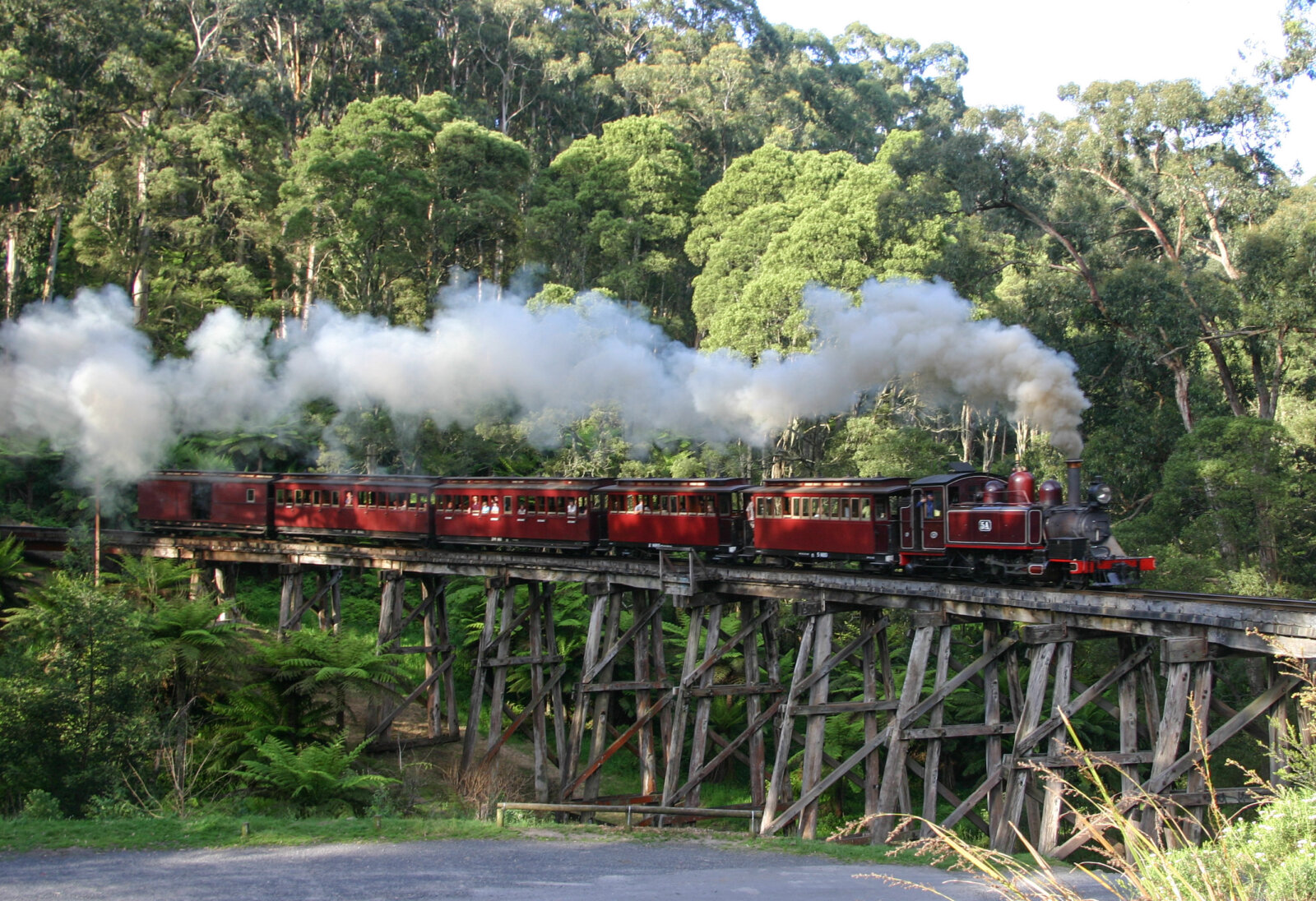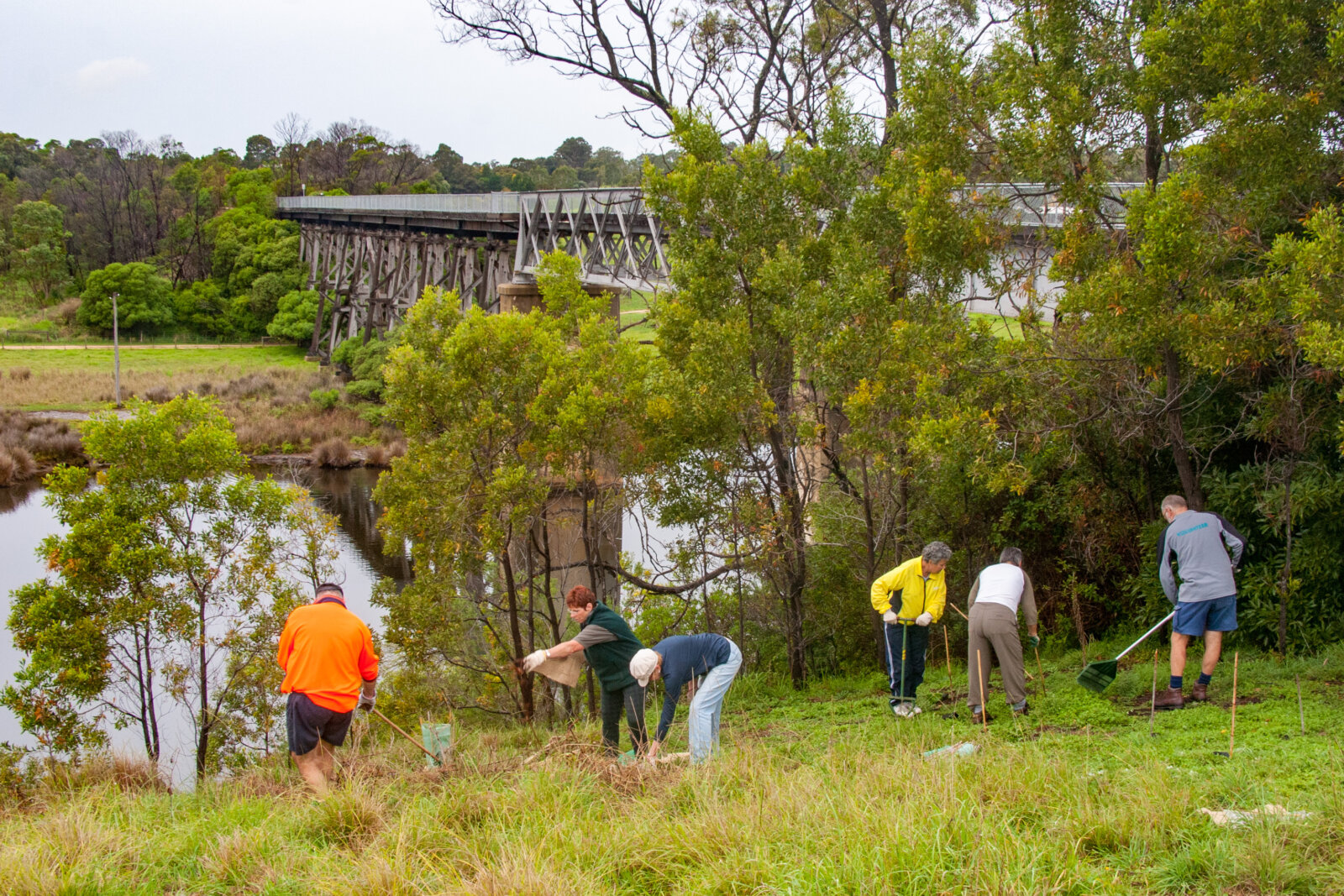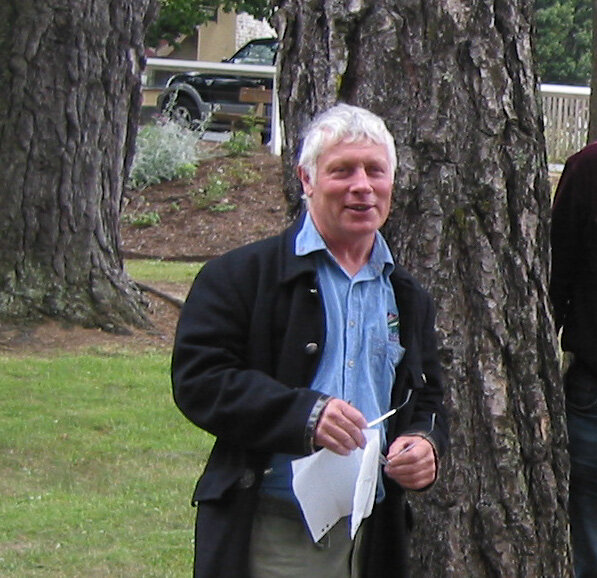Ecology
Ecology of Rail Trails
This is an edited version of an article written by John Robin, an ecologist who also has a great interest in railways.
It is a paradox that the railways, which served to open up so much of Australia to the Europeans who expedited the wholesale clearing of the bush, were left to inherit the last vestiges of that bush as biological ribbon museums between the permanent way and the departmental fence.
My early recollections of tall timber, tree ferns and a panting, wheezing Puffing Billy steam train staggering up from Ferntree Gully (Vic.) on one of its last trips inexorably welded a love of trains and appreciation of ecology together.
Strangely the two apparently disparate interests have coalesced as railway lines, both living and extinct, often contain the last vestiges of local flora and fauna. This is because:
- The vegetation was burnt by the railways to control it which was inherently natural for many vegetation types.
- Rail verges were rarely ploughed.
- Rail verges were not fertilised.
Rail verges also serve as essential biological corridors allowing animals and plants to migrate between neighbouring pockets of remnant bush on farms. Without this flow these remnants would inbreed and ecologically collapse.
Unfortunately once railways are closed the permanent way is quickly taken over for grazing. This can be quite destructive to the flora and fauna, particularly so with cattle and horses (less so with sheep which are sometimes beneficial).
Despite their value as wildlife corridors, railway reserves are the worst possible shape for a biological reserve. Their perimeter to area ratios are huge and various edge effects threaten the plants and animals on them. However, by conserving our closed railways as trails we can:
- Provide easy walking trails.
- Provide local historical links with the region’s past.
- Provide scenery often not visible from roads.
- Preserve the often rare local flora and fauna.
- Provide an administrative structure to ensure that the rail reserve is managed for its historical and ecological values.
It is indeed amazing how our native flora and fauna and railways have coexisted. The most extraordinary example I can think of is the White Sunshine diuris orchid which survived, and still survives, through generations of clanking goods trucks and straining locos right in the heart of Melbourne’s Tottenham goods train yard.
Ecology and railways are, after all, not very far apart.



